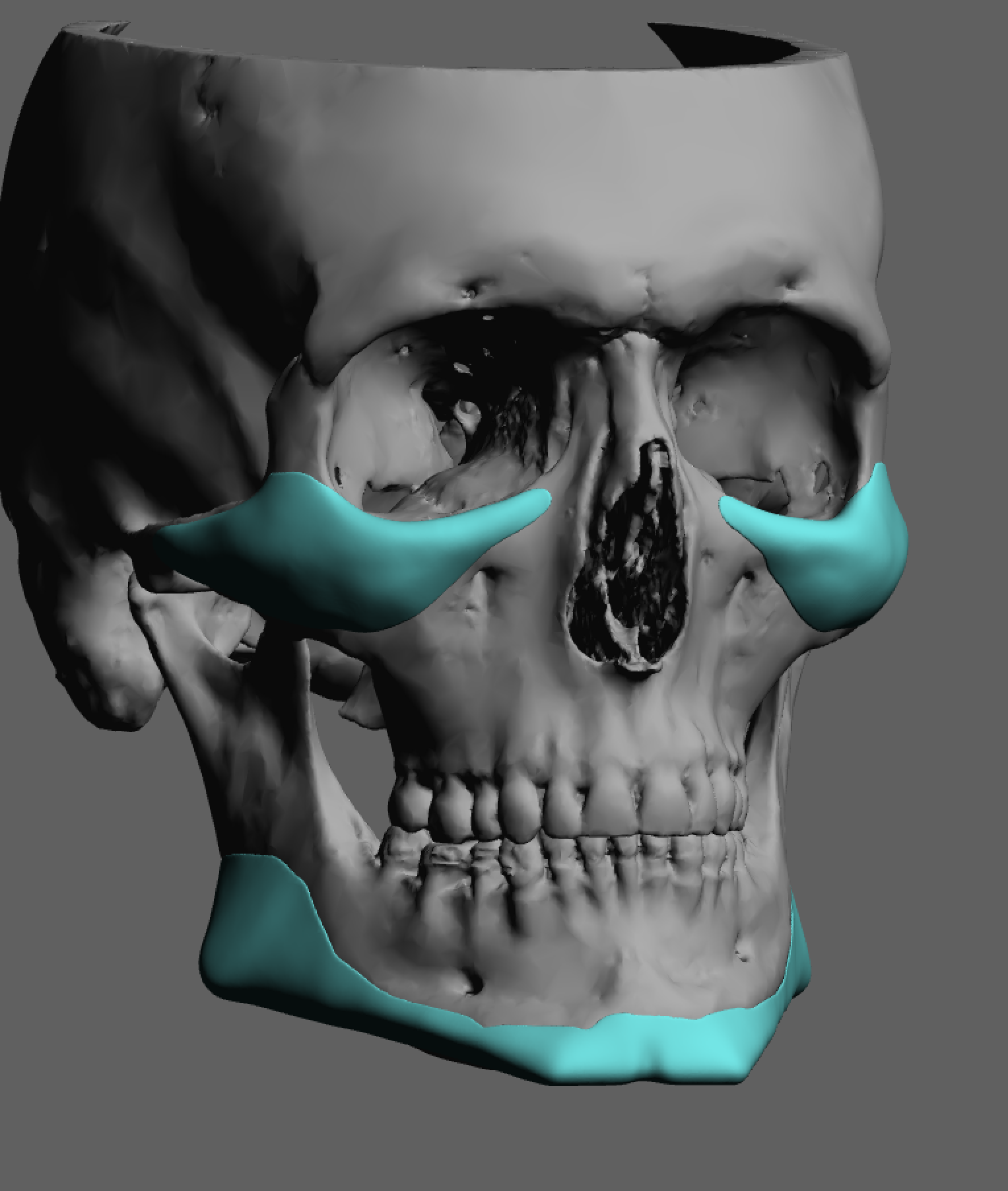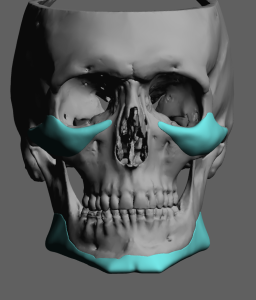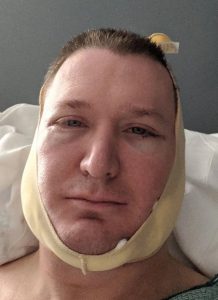One of the most common male masculinization composite procedures is custom jawline and infraorbital-malar (IOM) implants. By creating a more visible/defined cheeks and jaw structure the face takes on a stronger and more defined appearance.Think of this as a ‘five corner’ approach to facial reshaping. (cheeks, jaw angles and chin) In some cases those augmentations alone creates the often desired inward contour between the cheeks and jawline while in other cases additional defatting procedures are needed to help create that effect.

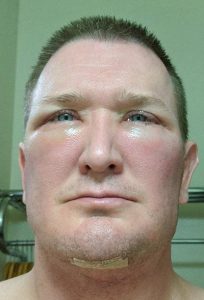

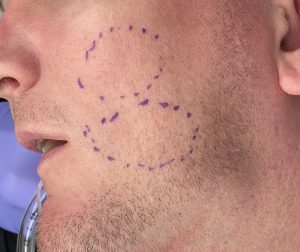
In the end eight months after the process started, that included an additional surgery, a good final result was achieved. The take home message is that such significant facial reshaping is a process which takes times and may well involve a revision or second stage procedure to finally get there
Dr. Barry Eppley
Indianapolis, Indiana

